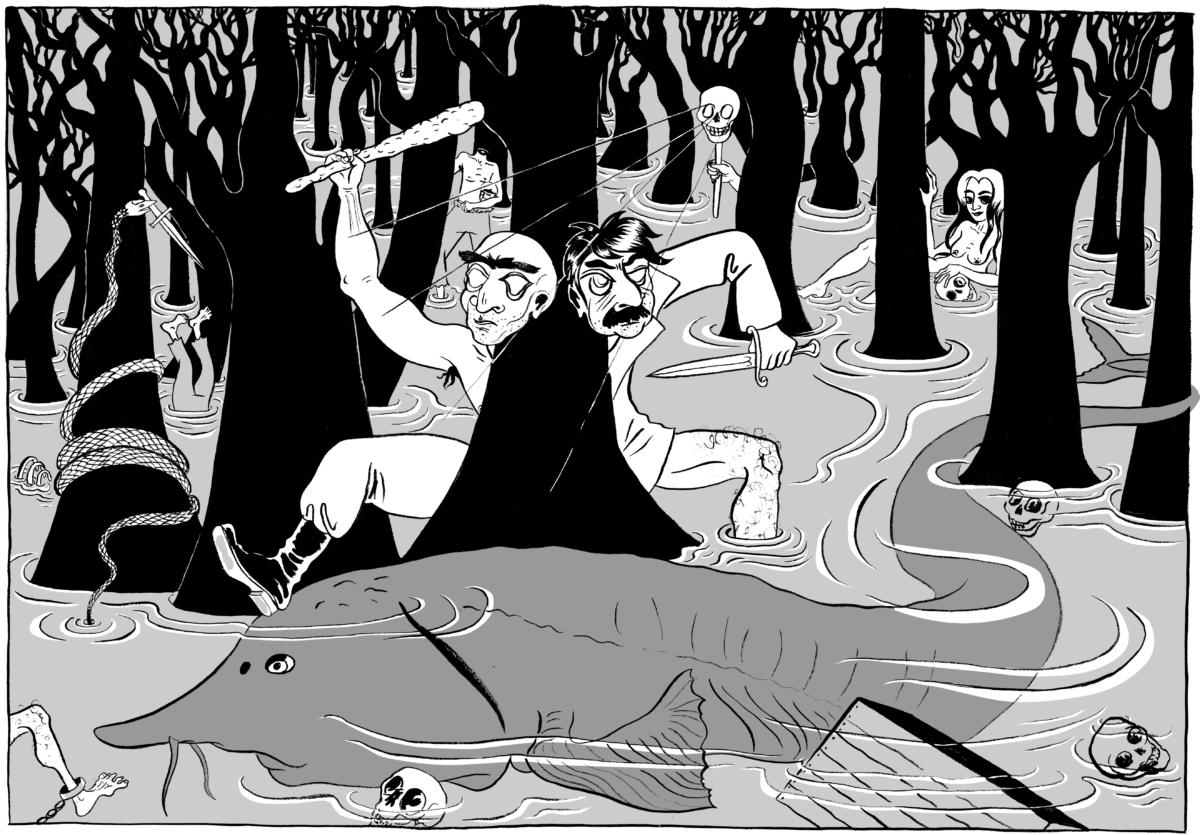
As far as I know, there are currently two pickled penises—human, that is—on public display throughout the world. The first is housed in St. Petersburg, and is said to have once belonged to Rasputin—the Siberian mystic who at one time served as the Romanov family’s private seer. A quick google search for Rasputin dick yields a bottled organ that resembles something long buried underground, like an overgrown parsnip or a cankerous tree-root. Some of the images in my search feed include, somewhat pornographically, a blonde woman bending over to inspect the specimen, apparently both intrigued and repelled by its unsightliness. But despite the impressive appearance, there is scant evidence to corroborate this member’s illustrious provenance. Was it really Rasputin’s? Or was it merely pilfered from the corpse of some unlucky (and far less famous) character? No one knows.
You have reached your article limit
Sign up for a digital subscription and continue reading all new issues, plus our entire archives, for just $1.50/month.
Already a subscriber? Sign in




